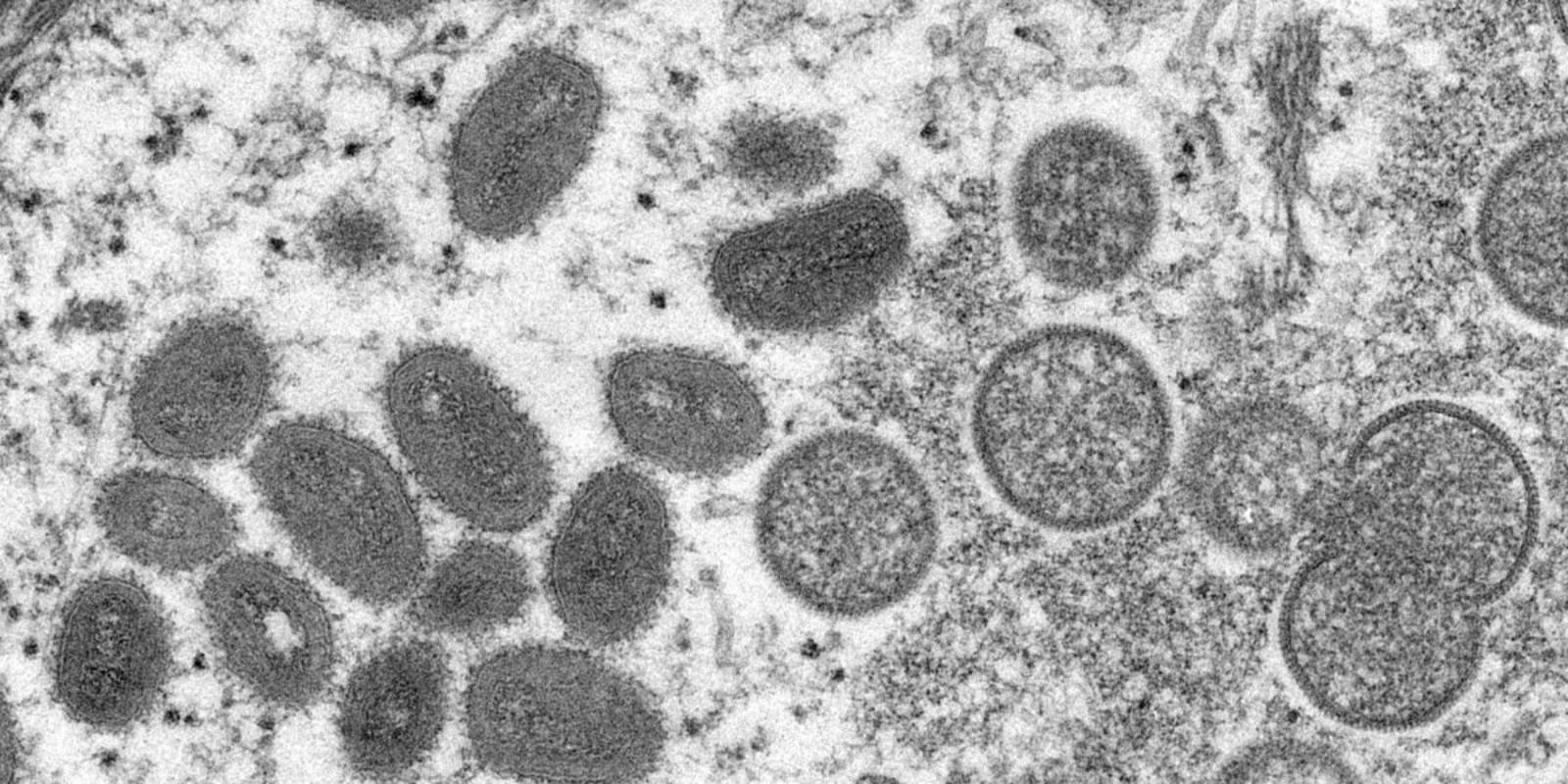Sunak urges Israel to keep ‘calm heads’ in response to Iran attack
Sunak spoke to his counterpart on Tuesday afternoon after first telling lawmakers 24 hours earlier that he would speak to Netanyahu "shortly".
The CDC, in its updated guidance last week for travellers, asked people to protect themselves against monkeypox by wearing masks.

Monkeypox strain in India different from Europe: ICMR-NIV study
Officials at the US Centers for Disease Control and Prevention suspect that the monkeypox virus may be airborne at least for “short distances” and thus have asked people and healthcare workers in close contact to wear masks, media reports said.
The CDC, in its updated guidance last week for travellers, asked people to protect themselves against monkeypox by wearing masks.
“Wear a mask. Wearing a mask can help protect you from many diseases, including monkeypox,” read the recommendation that was later deleted, the New York Times reported.
Advertisement
The agency, in a statement, said that it “removed the mask recommendation from the monkeypox travel health notice because it caused confusion”.
However, it still stated that in countries where monkeypox is spreading, “household contacts and health care workers” should consider wearing masks.
“Other people who may be in close contact with a person who has been confirmed with monkeypox,” it added.
The CDC, on its website, also urges monkeypox patients, “especially those who have respiratory symptoms”, to wear a surgical mask. It also asks other household members to “consider wearing a surgical mask” when they are in the presence of the person with monkeypox.
So far health officials have not explicitly addressed the possibility of airborne transmission or the need for masks, but they have emphasised the role of large respiratory droplets that are expelled from infected patients and drift onto objects or people, the report said.
Monkeypox infection requires “really close sustained contact”, Andrea McCollum, the CDC’s leading expert on the virus, was quoted as saying.
“This is not a virus that was transmitted over several metres,” she said. “That’s why we have to be really careful how to frame this.”
Asked whether health officials should make the possibility of airborne transmission more widely known, McCollum said: “It’s a fair point to make, and it’s something we certainly should consider moving forward.”
According to experts, there are no firm estimates regarding how much of the recent outbreak has spread via air, the reports said.
“It’s very ambiguous what the true or dominant route of transmission is, and some of that can be addressed in animal models,” Nancy Sullivan, a researcher at the National Institute of Allergy and Infectious Diseases, said at the recent scientific conference by the World Health Organisation (WHO).
“Probably that needs to take a front seat for some of the laboratory research,” she was quoted as saying.
The virus itself is not a sexually transmitted infection, which are generally spread through semen and vaginal fluids. But the most recent surge – with over 780 cases in 27 countries recorded till June 2 by the WHO – appears to have been spread among men who have sex with other men, yet the UN health body emphasises that anyone can contract monkeypox.
Advertisement